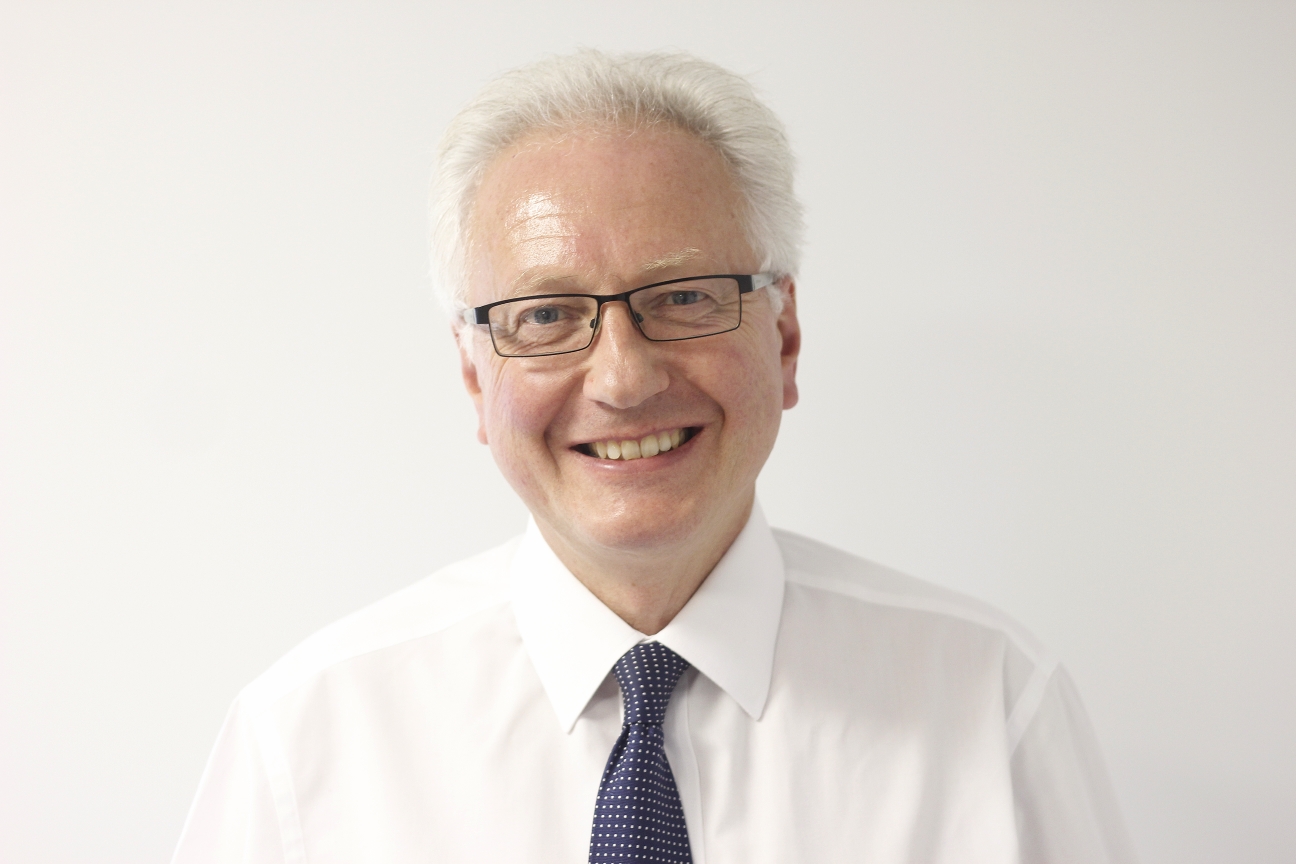Oilfield & Energies
Electric vehicles get a boost with ultra-fast charging 18th June 2019
By Stephen Voller, C.Eng.
Stephen Voller, CEO and Founder of ZapGo, explains how ultra-fast charging can address key challenges of recharging electric vehic
Stephen Voller, CEO and Founder of ZapGo, explains how ultra-fast charging can address key challenges of recharging electric vehicles, and describes its upcoming commercialization in Norway, using ZapGo’s innovative C-Ion technology.
A range of government incentives and mandates – as well as a growing concern for the global environment – are among the principal factors driving demand for EVs. Increasing fuel prices and the expansion of global auto manufacturers into new and emerging markets are playing a role as well. For example, the UK’s Road to Zero strategy includes ensuring that at least 50% of new cars on the road are ultra-low emission by 2030; Norway has set a goal that all new cars sold by 2025 should be zero-emission (electric or hydrogen), with numerous incentives attached. Other countries – including Iceland, China, Japan and the United States – are offering incentives of their own.
In spite of these enthusiastic initiatives, hurdles to the widespread adoption of EVs exist in the minds of many would-be EV owners. These include not only the relative cost of EVs in comparison to gas-powered vehicles, but also the length of time required to recharge an EV’s batteries. Other factors include the cost of electricity; “range anxiety,” involving the fear of running out of power before a recharge can be completed; and related to this, the lack of (or inaccessibility to) charging stations. Building more of these stations would entail infrastructure costs that might be prohibitive. As a result, new options that resolve many of these challenges –ultra fast charging among them – are urgently needed.
The catalyst for ultra-fast charging is a new generation of cell operating not via the chemical reactions intrinsic to standard lithium-ion batteries, which comprise the majority of today’s EVs, but via different physical phenomena. Two substances – nanostructured carbons and ionic liquid-based electrolytes – are key to this next-generation battery technology. These advances have shown the feasibility of combining the energy density of existing rechargeable batteries with the power density of supercapacitors, which are used for storing and delivering electrical energy orders of magnitude faster than batteries.
The new type of cell that results from this work, which has been termed Carbon-Ion (C-Ion), utilizes carbon and electrolyte materials that are relatively safe and easy to recycle at the end of the cell’s working life. Use of this cell also enables devices to operate at higher voltages, which results in higher energy densities and brings the cells closer to the densities of today’s lithium-ion batteries. It also has the added advantage of retaining the rapid charging and long life of commercially available supercapacitors – and with no fire risk.
Featuring higher energy densities than those presented by conventional supercapacitors, and with charging rates and a cycle life that outstrips that of lithium-ion batteries, C-Ion cells can be used either on their own or in combination with lithium-ion batteries for a range of applications – such as storing energy rapidly in EVs and their charging stations.
Ultra-fast charging becomes reality in Norway
This latter advantage is timely in light of a joint venture recently formed between ZapGo and AS Green Cube Innovation of Norway, which will commercialize the world’s first operational storage units to enable ultra-fast chargers for battery EVs utilizing C-Ion technology.
The project aims to significantly reduce the time needed to fully charge a car, truck, bus or ferry by enabling 350kW (kilowatt) to 1.2MW (megawatt) charging without the need for costly public infrastructure investments. Rollout of the two initial charging units at AS Green Cube Innovation’s existing charging stations in the greater Oslo, Norway area will begin mid-2020.
Norway is the ideal initial market for ultra-fast charging technology, due to the high concentration of electric vehicles. According to the Norwegian Road Federation, about 60% of new car sales in March 2019 were EVs. Not only has Norway exempted battery engines from the taxes imposed on diesel and petrol cars, but in 2018, Norway’s fully electric car sales rose to a record 31.2% market share from 20.8% in 2017, far ahead of any other nation.
The design goal of a 350kW charger is to transfer around 100kWh (kilowatt-hours) of energy in 15 minutes to a vehicle. 100kWh is required to drive an electric sports utility vehicle (SUV) 300 miles (or about 500km) at freeway or Autobahn speeds, with more than one passenger and with normal air conditioning or heating. To transfer 100kWh in five minutes would require a 1,200kW or 1.2MW charger.
The new chargers have intelligence that recognise the type of vehicle and adjust the maximum safe charge rate. As vehicles become available that can be charged at these very high rates, the chargers will automatically switch to the higher rate. For existing vehicles like the Nissan Leaf that can be charged at 50kW or the Tesla Model S at 120kW, the chargers step down accordingly. The chargers store the electric energy at night and off-peak to provide EV drivers with cost-effective electricity. Vehicles will then be charged from the stored energy, not directly from the grid.
In all, this new way of recharging EVs at selected sites in Norway could be a harbinger for recharging at other sites around the world – providing an even greater incentive for prospective EV owners to embrace the technology.

Stephen Voller, C.Eng. is CEO and Founder of ZapGo Ltd, the developer of Carbon-Ion (C-Ion) cells, a faster-charging and safer alternative to lithium-ion batteries.
T: +44 1235 431160; E: Stephen.voller@zapgo.com
Carbon-Ion and C-Ion are registered trademarks of ZapGo Ltd.


